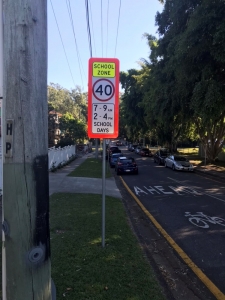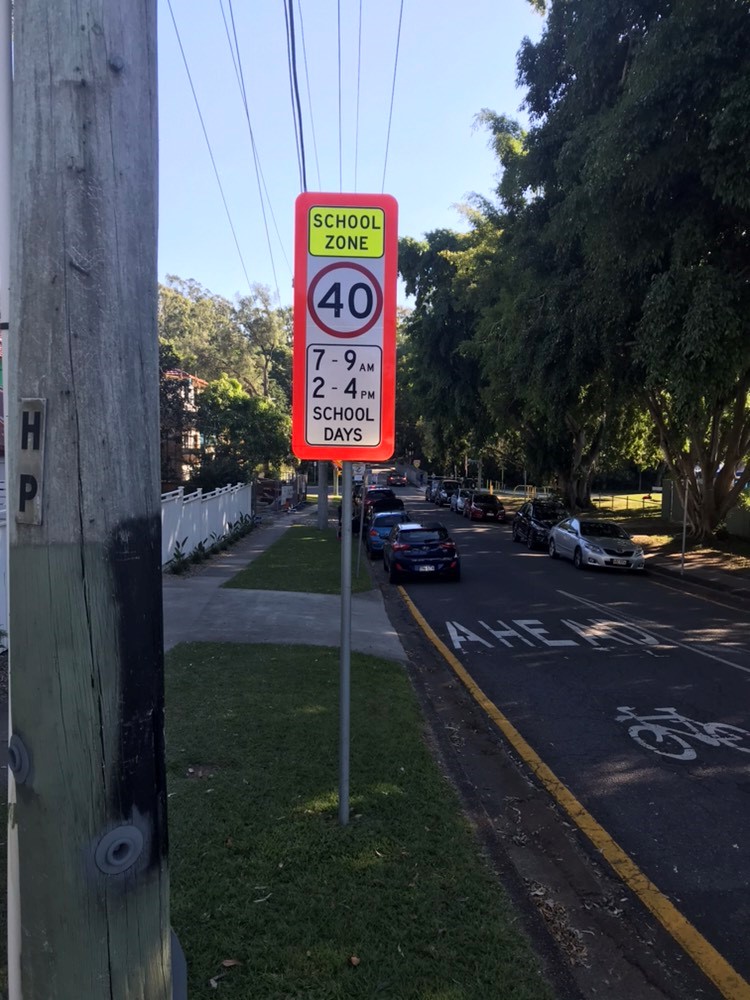If you are learning to drive or you have someone learning to drive in the family – I feel for the stress you must be under.
I live near an all boys High School and the proliferation of L and P plates around us is a big reason why I have not been ready to allow my children to walk to school unaccompanied yet.
There is no escaping the fact that young, learner and new drivers are at higher risk of causing accidents. This is reflected in insurance decisions. Insurers will frequently have a loading for accidents caused by drivers under 25. Some insurers refused to offer insurance at all for particular vehicles being driven by young drivers and drivers under 25 are often unable to rent hire vehicles. Anti-discrimination laws mean that insurers can only make these decisions based on reliable actuarial evidence that these drivers are at greater risk of an accident.
An operator of a motor vehicle owes a duty of care to other road users including pedestrians, cyclists, passengers and drivers of other vehicles to exercise reasonable care to avoid injury to those other road users. The High Court has said that the standard of care owed may be lower if there is “a special relationship of knowledge” about the degree of inexperience of the negligent driver.

In short, if you know that the driver of the other vehicle is inexperienced, you need to make allowances for their inexperience. If you do not and an accident occurs due to the inexperience of the learner driver, it may be you who is found the vehicle at fault even if it would have been the other driver ordinarily.
Despite L and P plates being a legal requirement in Queensland, how regularly do we see drivers road raging learner drivers who are slower or more tentative than usual? Reducing speed and allowing a greater distance before turning are the hallmarks of a careful learner driver who is being mindful of their own limitations in judgment and skill.
Aside from not road raging new drivers, it is also a good idea to follow at a greater distance and be prepared for sudden turns, stopping or indicating too late. These behaviours are typical of drivers who are inexperienced but also the impulsivity of teenagers.
My own learner driver experience took almost 5 years due to a crippling driving phobia. In that time, I learned the following tips for the best learning to drive experience:-
- Despite the DTMR warnings about learner drivers on country roads, I found country roads were the best place to start – learning basic vehicle operation without traffic was important.
- The best and most patient supervisor in the world will be no substitute for a professional driving school. All learner drivers benefit from being shown what is best practice as well as driving in a vehicle that can be operated independently by the supervisor.
- Learner drivers should be encouraged to change driving instructors if the communication style of the instructor does not suit their temperament. It was only when I was 21 that I finally go the courage to sack an instructor who told me repeatedly about the road toll as soon as I got in the car. It may have been an important thing to do with some learners but certainly not me.
- Supervisors need to be firm about safety issues but calm so that the learners do not respond to the directions erratically. If you cannot do this then it is probably better to find another supervisor.
- Supervision should not stop when the driver gets their licence. New drivers continue to need guidance on judgment decisions that only improve with experience.
I have always remembered a quote that my final and successful driving instructor gave me:
“There are many rights worth dying for but right of way is not one of them”
That applies to learner drivers, their supervisors and all road users.


![Medical Records and Claims for Personal Injuries – Maher v Russell [2022] ACTSC 297](https://karelawyers.com.au/wp-content/uploads/2023/02/files.jpg)



